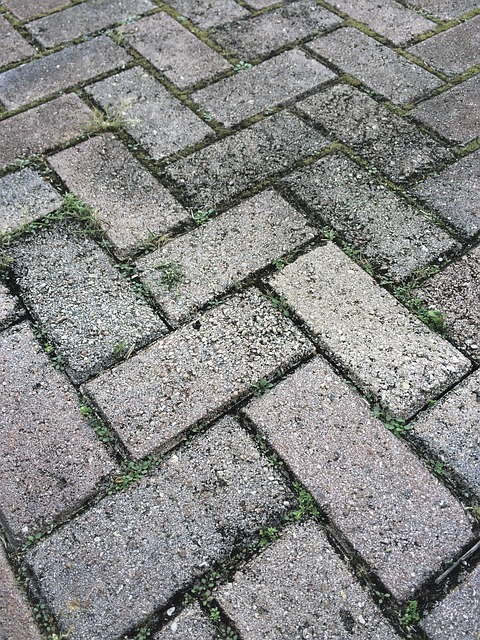- Glasgow South 0141 638 3335
- Glasgow North 0141 942 5596
- EMAIL US
Looking for a New Driveway in 2017?
There are many options when it comes creating a new driveway in 2017 for your property. But which driveway material will work for you?
Gravel
Gravel is fantastic for creating an ‘informal’ driveway with a formal and pleasing appeal. There are many colours of gravel to choose from, all of which provide an uplift to the appeal of your property.
But, the foundations of a gravel driveway need to be correct, otherwise rainwater does not drain away well enough causing the driveway to develop potholes.
It will also need raking and maintaining as weeds can grow but all in all, an excellent choice for a driveway. Works well on flat driveways but can be a nuisance on driveways with an incline and rainwater will move the gravel.
Tarmac
Tarmac is possibly the cheapest and easiest driveway material to lay. It is a hot, viscose material that is simply laid on top of the material that is already there.
Robust and hardwearing, it is an ideal quick fix for giving a toddy appearance. Although it can last well, it can move and crack over time. It can blister in intense heat and be problematic in very cold or very wet climates.
Block driveways
Creating stunning effects and finishes is possible with monoblock, a material that is hardwearing and ideal for a driveway application.
However, it can be costly, especially if you opt for the better quality monoblock which has colour all the way through the brick. Cheaper versions have a coloured layer adhered to a concrete block and over time, will wear away.
Like gravel, this kind of driveway is environmentally friendly, allowing rainwater to drain through to the natural water table below. But, many people install these kinds of driveways, assuming that a layer of sand is all the foundation that is needed. However, this may not be adequate and can lead to the pristine monoblck driveway shifting, causing it to lose its delightfully appeal.
Great for a long-lasting driveway with fantastic appeal that sits with the exterior appeal of your home.
Concrete
Concrete is a hard and robust material that is no longer rough and grey, and industrial in appeal.
For a new driveway in 2017, take a look at what concrete can offer. Stained during the mixing process with a colour of your choice, it can also be ‘stamped’ with a pattern that means it can look like anything but concrete. Some people opt for a slate or stone impression, whilst other enjoy a flat driveway that fits with the modern appeal of their home.
Great for areas where shovelling snow could be a winter phenomenon, and when you need a practical and hard-wearing surface. Can be expensive and unless you get the foundations right, a concrete driveway can move and crack.
Which material will you choose for a new driveway in 2017?

